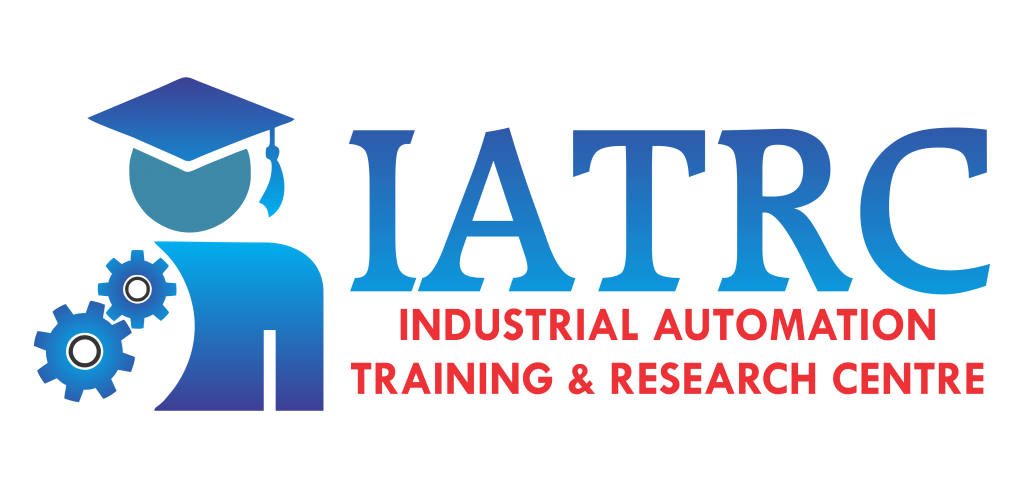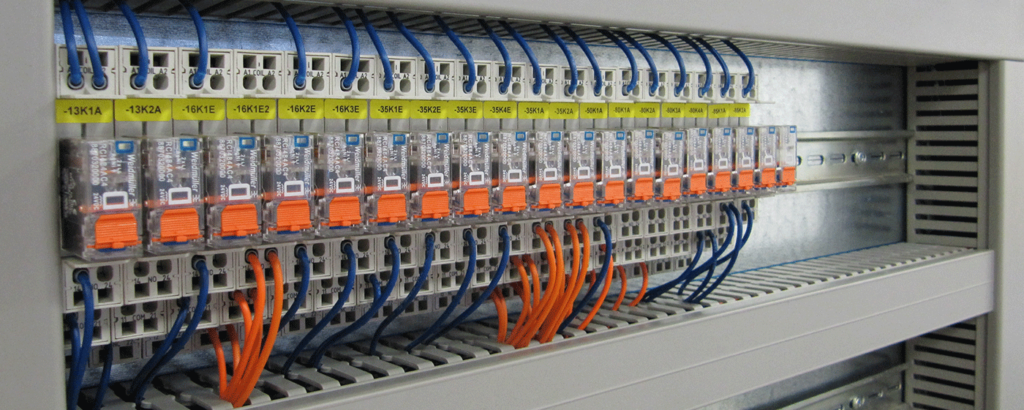PLCs For Drives in Industry
Variable speed drives have attracted intelligent and precise motion control to a range of industrial uses. The manufacturing industry alone depends upon machines that rotate and communicate materials, pump fluids, heat or cool air with lovers, package, and stack finished goods; and do this within a spread of interlinked surgeries which works out for the most part mechanically. It is specialized in PLCs for Drives in Industry.
To be able to function as they perform in this environment, drives rely entirely on the commanding; co-ordinating ability of the PLC (programmable logic control). Given, however, that it’s by no means a new technology; that the initial versions were created almost exactly fifty decades ago; the question necessarily arises: what is it on the PLC making it suited to the occupation? Our expert service provides Drives Training in Kolkata.
PLC Designing
PLCs were designed to substitute the ability of their pc for its hardwired banks of electricity relays formerly utilized to control factory machines. The issues of maintaining and troubleshooting these outdated-fashioned nerve centers were legion: colossal enclosures introduced; the tech using walls of relays, counters, timers, fuses, and springs amid swathes of crisscrossed, point-to-point pipes. Replacing a coil or worn contact was hard enough; changing the intention of the system itself may entail a wholesale reconstruct. Not only that but also it provides PLCs for Drives in Industry.
It was inescapable that the coming of the microchip would sweep those cabinets of fascination to the annals of history. They saw the arrangement of events performed by relay systems so as to control machines; can be interpreted — and miniaturized — to the kind of a computer application.
A computer’s, then. Perhaps the clearest response — to consider it is that a PLC is tough; the thing is ruggedized. It follows that all elements of its design (in the selection of component substances to attributes like temperature control and manner of casing) are supposed to protect; the device from hard levels of dust, humidity, vibration, temperature, and so forth.
Details in PLC’s identifying layout
A PLC’s identifying layout has to also adapt substantial input/output arrangements — much more than the strange memory stick or printer. The PLC’s record of signs coming in (out of buttons, detectors, circuit breakers, etc.) along with incoming commands (to engines, lighting, valves and so on ) is provided; the operations it controls are complicated.
However, the most basic distinction between PLCs and individual computers is that their programming language. This makes it incredibly engineer-friendly. And along with a few additional straightforward languages, especially the Function Block Diagram, it remains the conventional programming approach.
PLCs for Drives in Industry which is very important
PLCs communicate with variable speed drives through direct control signs or via an electronic communications protocol (Modbus has been the most popular) or via both in conjunction. The entire selection of apparatus commands can consequently be implemented: by teaching the driveway simply to operate the engine and from which direction of rotation; to the roughest real-time alteration of acceleration and deceleration parameters.
The possibility of drives to function motors at an optimum rate can only be fully realized if they’re in real-time, two-way communicating with PLCs. It’s the PLC that tracks the drive’s functionality, always checking fault and status codes based on, as an instance, the contrast of this goal with actual output. How this observation of output affects the essence of the driveway controls is vital to the intellect of the machine.
PLCs influence on the automation sector
PLCs have had a radical influence on the automation business, allowing insight into and control of more complicated mechanical technologies a far cry from the times when one unidentified error’ may cause the ideal aspect of a production plant to grind to a stop. As well as their enduring success through the years has been in large part because of their essential simplicity — for their processing ability.
And PLCs are ultimate as jumped as anything else to reflect key improvements in the manner in which machines and apparatus are constructed.
Continuous Improvement
Miniaturization specifically — which really forces that saw ancient digital action transposed in the relay wall into the circuit board — proceeds to create chips, part parts, and circuit boards themselves more streamlined. PLCs are consequently getting more powerful (quicker and with radically improved memory capability ) even as they fall in size. Such advancements could be understood in their capacity to accommodate multiple communication protocols concurrently or the simple fact; that their application developers can mix and match different programming languages.
The irony here, of course, is that this arrangement of capacity isn’t in fact essential for the management of several devices, drives contained. Because of this, a brand new generation of machine controls — streamlined PLC-like apparatus — has evolved to carry; over some of their jobs that luxury PLCs have outgrown.
More limited compared to a PLC concerning memory and input/output capability; control of the kind for a variable speed drive, provided onboard, bespoke-programmed and having an intuitive graphic interface, is comparatively cheap, time-saving, and simple to use (and to integrate with the larger system or network ).
PLCs and forces, the ideal fit?
The standard relationship between drives and PLCs is, so, going through a period of change. It is an upheaval which maybe only the old-style system structure may not survive. The basic principle — of pushes made clever through programming electricity — is fully charged as ever.


